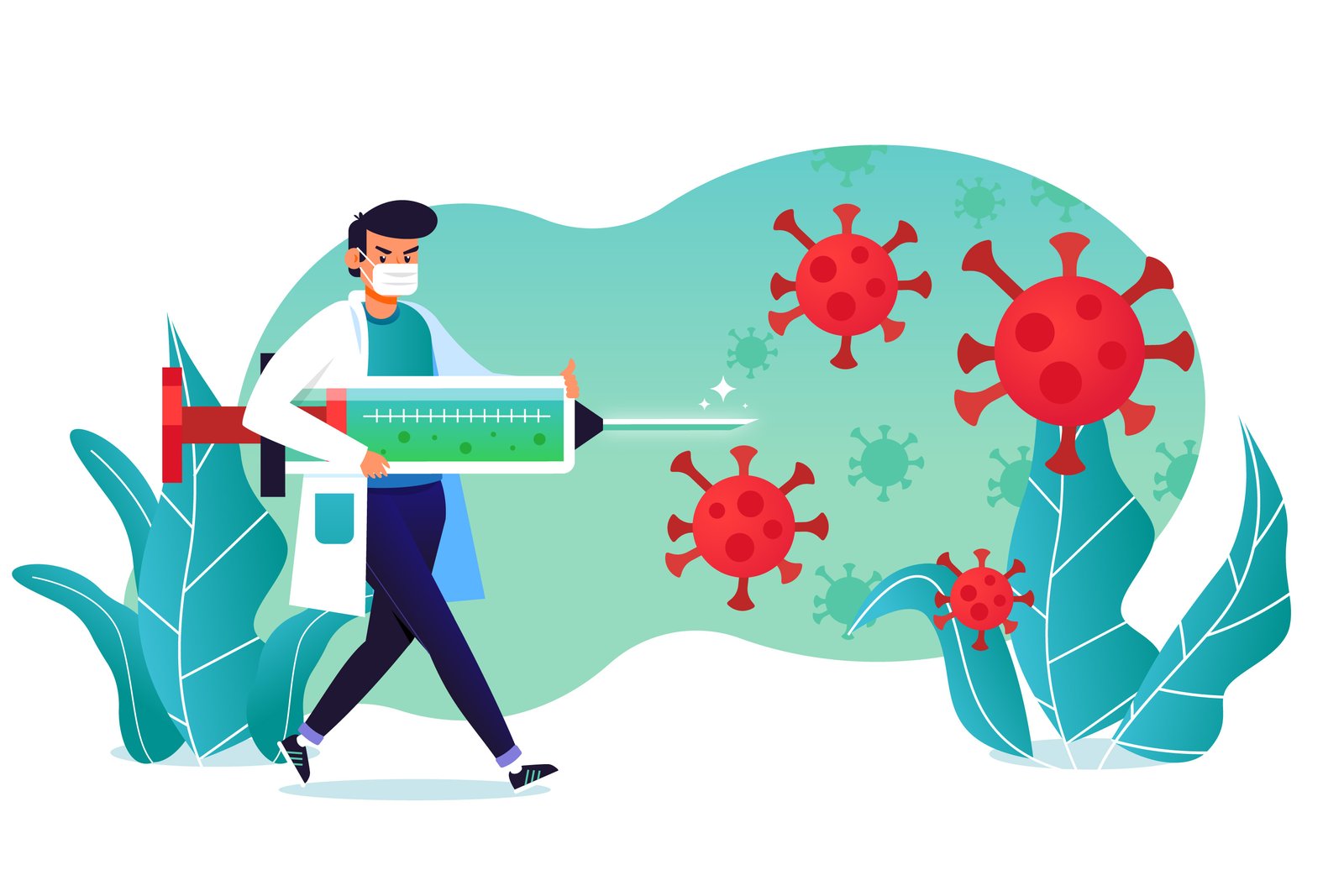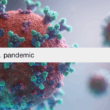
The concept of disease prevention is central to public health and medicine. It is categorized into three main levels: primary, secondary, and tertiary prevention. Each level targets a different stage in the progression of a disease, employing unique strategies and interventions to prevent or mitigate health issues. This article delves into these levels of prevention of disease, providing examples and exploring their significance in the realm of health promotion.
Primary Prevention: The First Line of Defense
Primary prevention is the initial level in the prevention of diseases. It aims to prevent diseases or injuries before they occur. This approach involves a broad range of activities, such as immunization, health education, and lifestyle modifications.
Vaccinations: A Classic Example
A quintessential example of primary prevention is vaccination. Vaccines stimulate the immune system to recognize and combat pathogens, thus preventing future infections. The Centers for Disease Control and Prevention (CDC) plays a crucial role in promoting vaccination programs to prevent infectious diseases.
Lifestyle Changes for Chronic Disease Prevention
Another crucial aspect of primary prevention is lifestyle changes to avert chronic diseases. Encouraging healthy eating, regular physical activity, and avoiding tobacco and excessive alcohol use can significantly reduce the risk of chronic conditions like heart disease, diabetes, and cancer.
Secondary Prevention: Early Detection and Intervention
Secondary prevention involves early detection and prompt intervention to prevent the progression of a disease. This level of prevention is particularly relevant in chronic disease prevention.
Regular Health Screenings
Regular screenings, such as mammograms for breast cancer or colonoscopies for colon cancer, are examples of secondary prevention. These screenings enable early detection of diseases, increasing the chances of successful treatment.
Managing Risk Factors
Another aspect of secondary prevention is managing existing risk factors. For example, controlling blood pressure in hypertensive patients or blood sugar levels in diabetics prevents the progression of these diseases.
Tertiary Prevention: Limiting Disability and Enhancing Quality of Life
Tertiary prevention focuses on managing disease after it has been diagnosed, to slow or stop its progression and reduce its impact. This level of prevention aims at improving the quality of life for individuals with chronic diseases.
Rehabilitation Programs
Rehabilitation programs for stroke or heart attack patients exemplify tertiary prevention. These programs aim to restore function, reduce disability, and improve the quality of life.
Ongoing Management of Chronic Diseases
Ongoing management and treatment of chronic diseases, such as diabetes or heart disease, is another form of tertiary prevention. It involves regular monitoring, medication, lifestyle adjustments, and education to prevent complications and deterioration.
Frequently Asked Questions
What are 3 examples of disease prevention?
#1: Be safe when you handle and cook food. Germs can be spread by food.
#2: Wash your hands often.
#3: Clean and germ-kill surfaces that are used a lot.
What are the examples of primordial prevention?
Targets for primordial prevention in childhood include preventing and reducing childhood obesity, achieving an optimal diet that includes avoiding excessive salt consumption, and removing barriers to physical activity and healthy sleep throughout childhood.
Conclusion
Integrating primary, secondary, and tertiary prevention is vital for comprehensive health promotion. The Centers for Disease Control and Prevention, along with other health organizations, emphasize the importance of these levels in disease prevention. By understanding and implementing these levels, we can significantly reduce the burden of diseases and enhance overall public health. The synergy of these preventive measures, ranging from primary prevention strategies like vaccinations and lifestyle changes, through early detection in secondary prevention, to the management and rehabilitation in tertiary prevention, creates a robust framework for safeguarding health and well-being.



